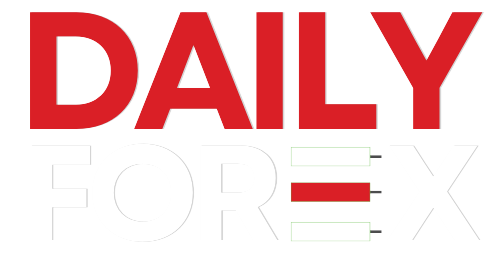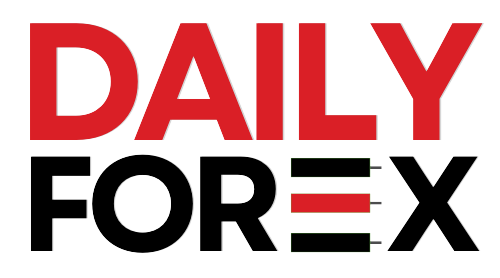Introduction: The Foundation of Bitcoin’s Innovation
One of the key components of how Bitcoin works is the distributed ledger. This innovation is at the heart of Bitcoin’s ability to function without banks or financial institutions while still ensuring accuracy and trust in the system.
Let’s explore what a distributed ledger is and why it’s so revolutionary in the world of finance and recordkeeping. 📚
What is a Ledger (and Why Does It Matter)?
Before Bitcoin, digital transactions relied on a centralized ledger—typically maintained by a bank or financial institution. This ledger tracked balances and transaction history, helping prevent issues like double spending.
But what if you don’t want to rely on banks? Enter: the distributed ledger.
Distributed Ledger Explained: An Everyday Example
Imagine Molly the Mermaid wants to buy cupcakes from Ursula the Unicorn. Instead of using a bank, they both record the $1 transaction on their own ledgers (simple text files).
That works—until one of them lies about the transaction.
Now, let’s add Pablo the Polar Bear. He also keeps a copy of the ledger. When Ursula tries to deny receiving payment, Pablo and Molly’s ledgers show the truth. Two out of three agree—so consensus is reached.
That’s the power of distributed ledgers. 📊
Definition: What is a Distributed Ledger?
A distributed ledger is a shared digital record of transactions that is stored and synchronized across multiple computers (or nodes) around the world.
Unlike a central ledger (bank ledger), this system:
- ✅ Doesn’t rely on a single authority
- ✅ Can’t be easily corrupted or tampered with
- ✅ Allows anyone to verify transactions
- ✅ Operates decentrally, across thousands of participants
Why Is This Important?
Before Bitcoin, centralized systems were the only way to maintain a reliable ledger. But that created problems:
- ❌ Single point of failure (if the bank fails, your funds are at risk)
- ❌ Potential for fraud, censorship, or corruption
- ❌ Requires trust in the institution
Bitcoin removes these problems by distributing the ledger publicly and globally.
The Challenge: Trust Without Trust
But what happens when thousands of people—all strangers—each hold a copy of the ledger? How do you know which version is correct?
The answer: Consensus.
Bitcoin introduced a unique consensus mechanism that:
- 💡 Incentivizes people (even non-participants) to store and validate transactions
- 🔒 Makes it extremely difficult for bad actors (like Ursula) to cheat
- 🔁 Keeps every copy of the ledger in sync automatically and transparently
This is what made Bitcoin a technological breakthrough.
Distributed Ledger vs Centralized Ledger: A Quick Comparison
| Feature | Distributed Ledger | Centralized Ledger (Bank) |
|---|---|---|
| Authority | No central authority | Controlled by a single entity |
| Transparency | Public and verifiable | Private and limited access |
| Failure Risk | No single point of failure | Vulnerable to system failure |
| Data Storage | Multiple independent computers | Central server |
| Trust | Built through math & consensus | Built through authority |
Final Thoughts: The Backbone of Bitcoin
The distributed ledger is what allows Bitcoin to function as money without middlemen. It’s the reason Bitcoin can:
- 🚀 Operate 24/7 across the globe
- 🔐 Prevent fraud and double-spending
- 🌍 Be used by anyone, anywhere, anytime
By decentralizing the ledger, Bitcoin became a new kind of financial system, one built on mathematics, code, and community consensus—not control.
Explore more beginner-friendly guides and crypto knowledge at www.dailyforex.pk 🇵🇰💡





1 Comment
Fantastic posts Regards.
casino en ligne
Really lots of beneficial data.
casino en ligne
Reliable stuff, Regards!
casino en ligne fiable
Good info Thanks!
casino en ligne
You actually expressed this adequately.
casino en ligne francais
Many thanks. Excellent information!
casino en ligne
Kudos, I appreciate this.
meilleur casino en ligne
You actually stated that exceptionally well.
casino en ligne
You reported this fantastically.
casino en ligne fiable
Good postings, Many thanks!
casino en ligne francais